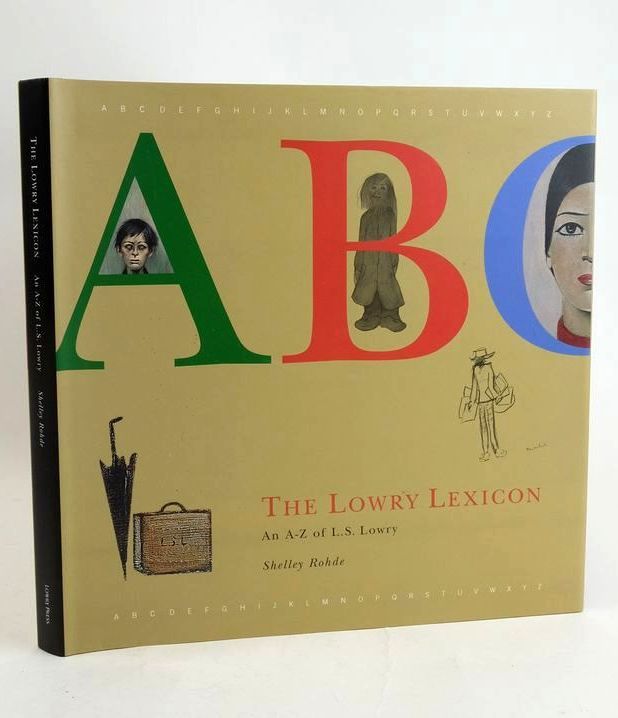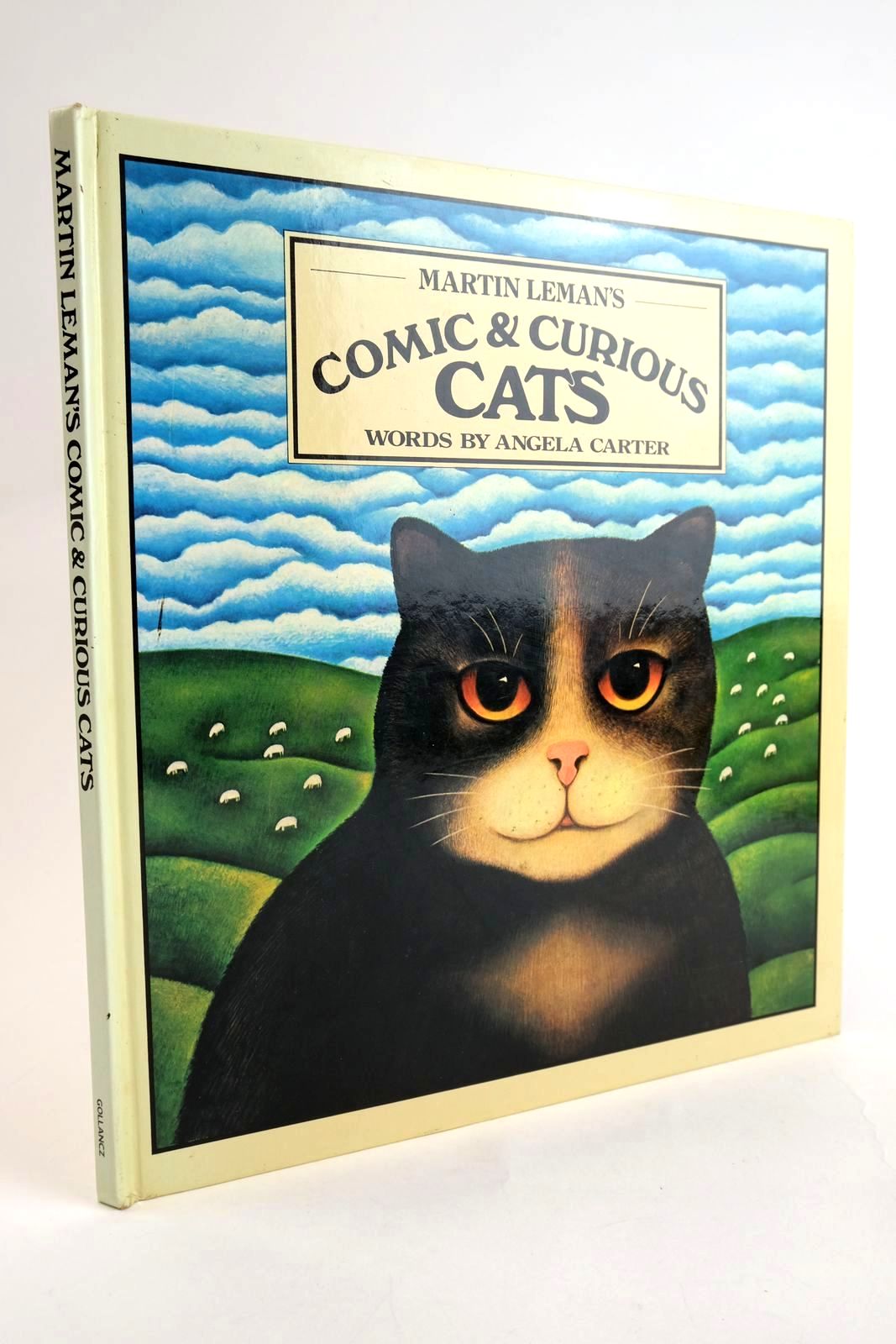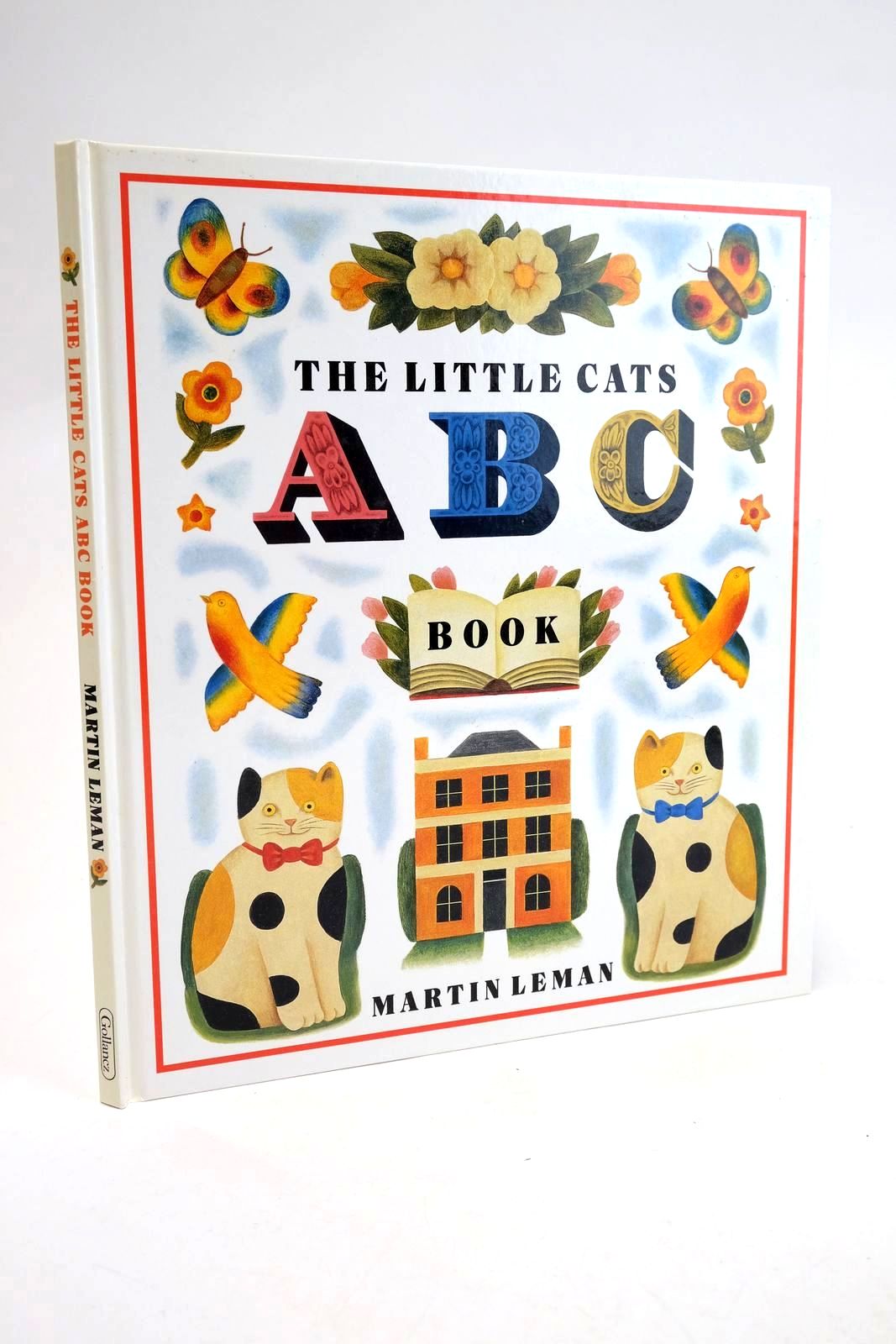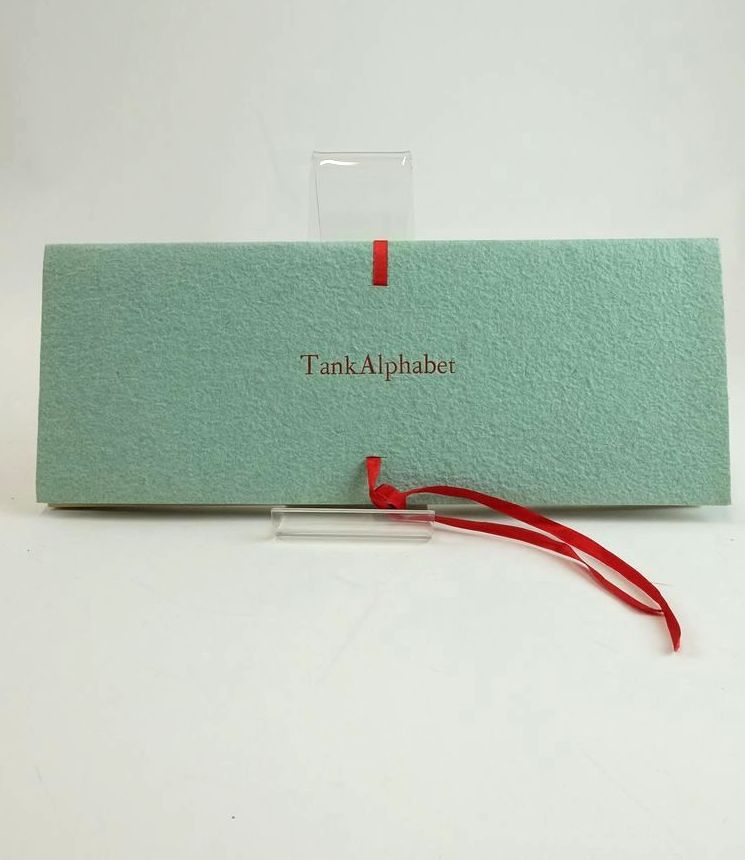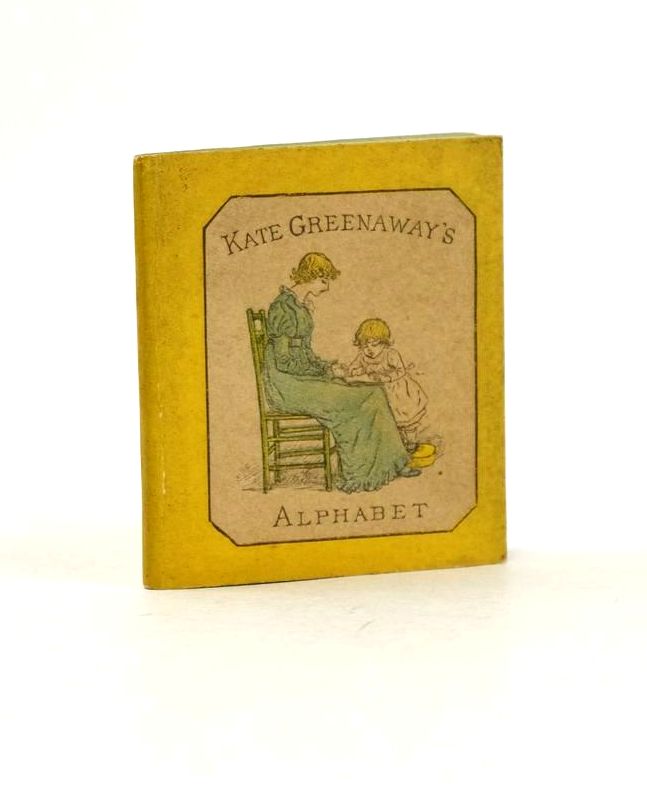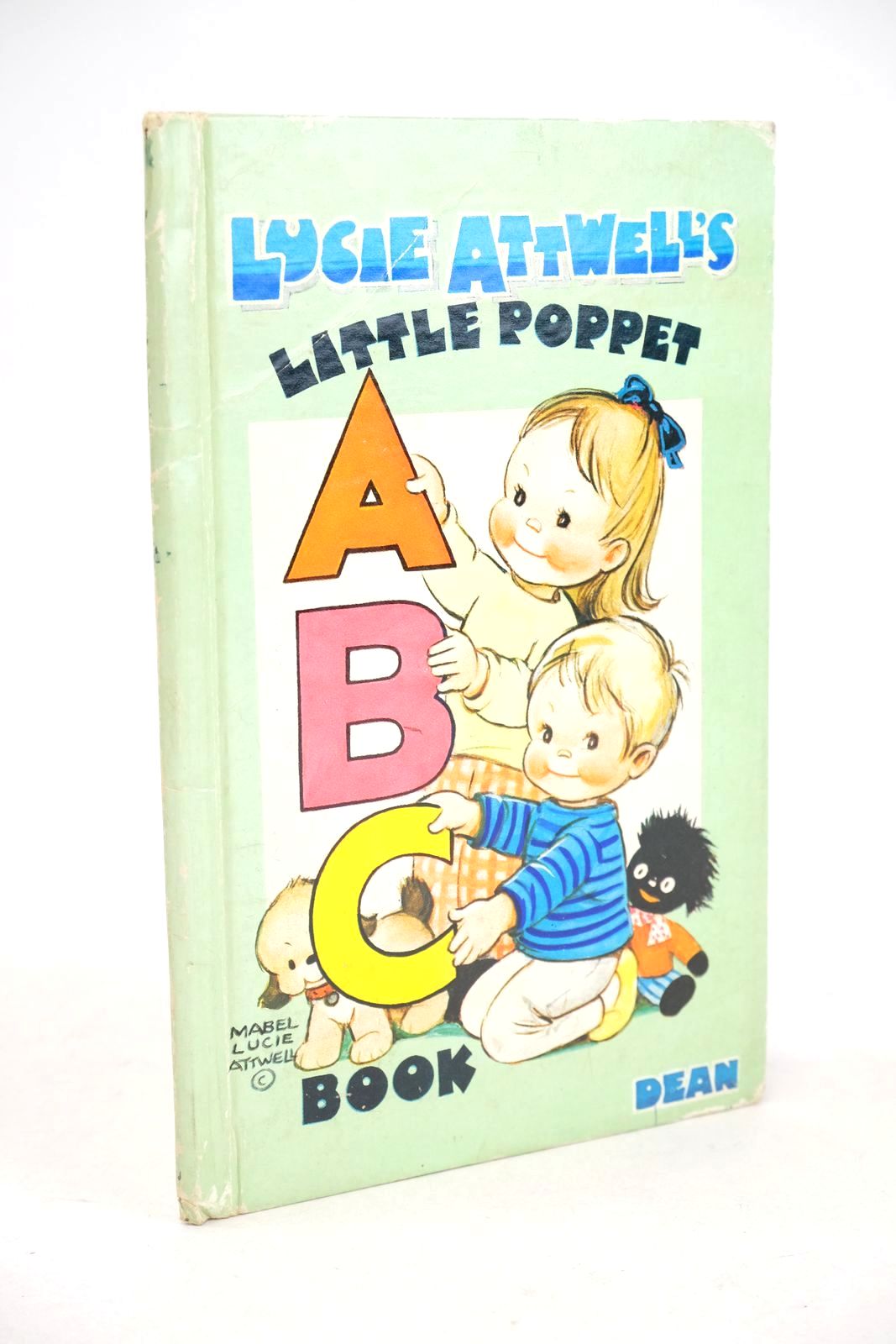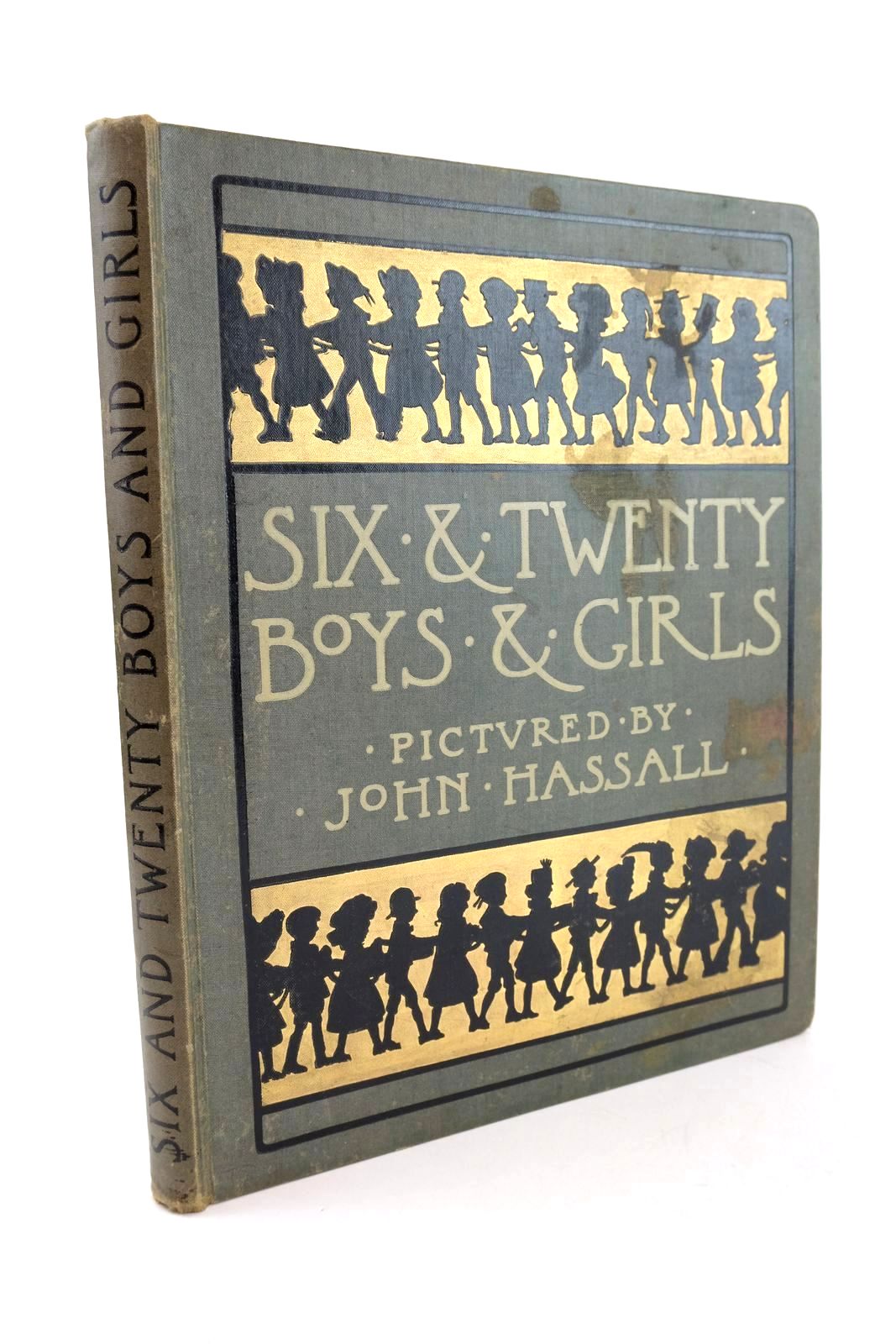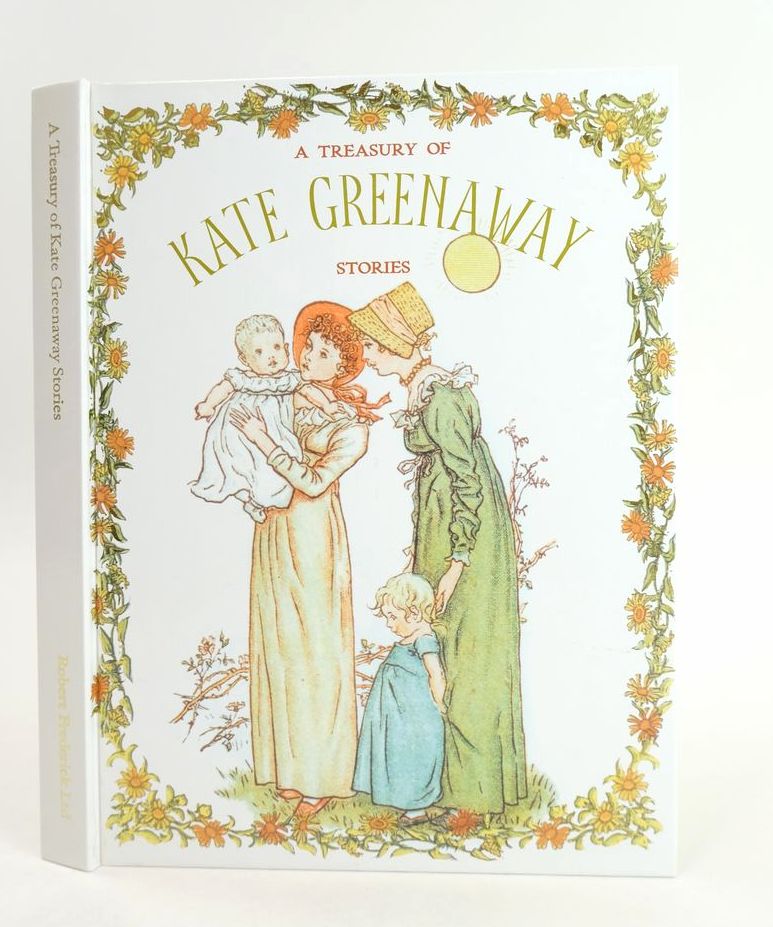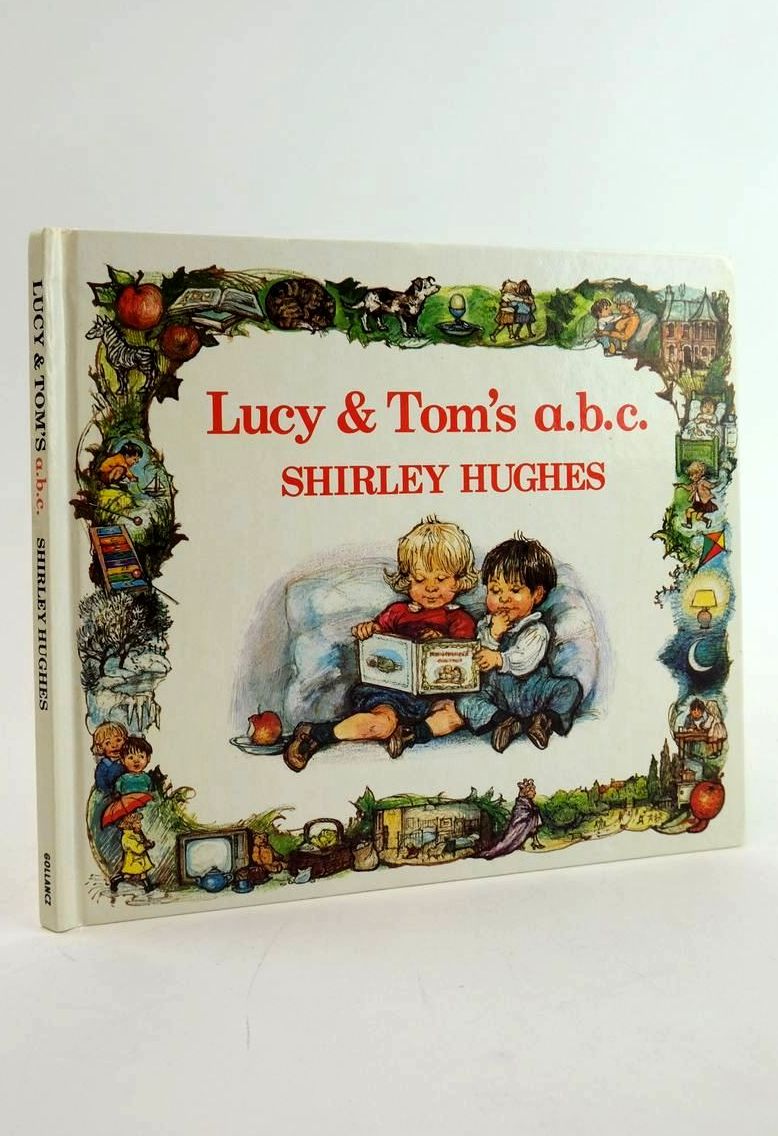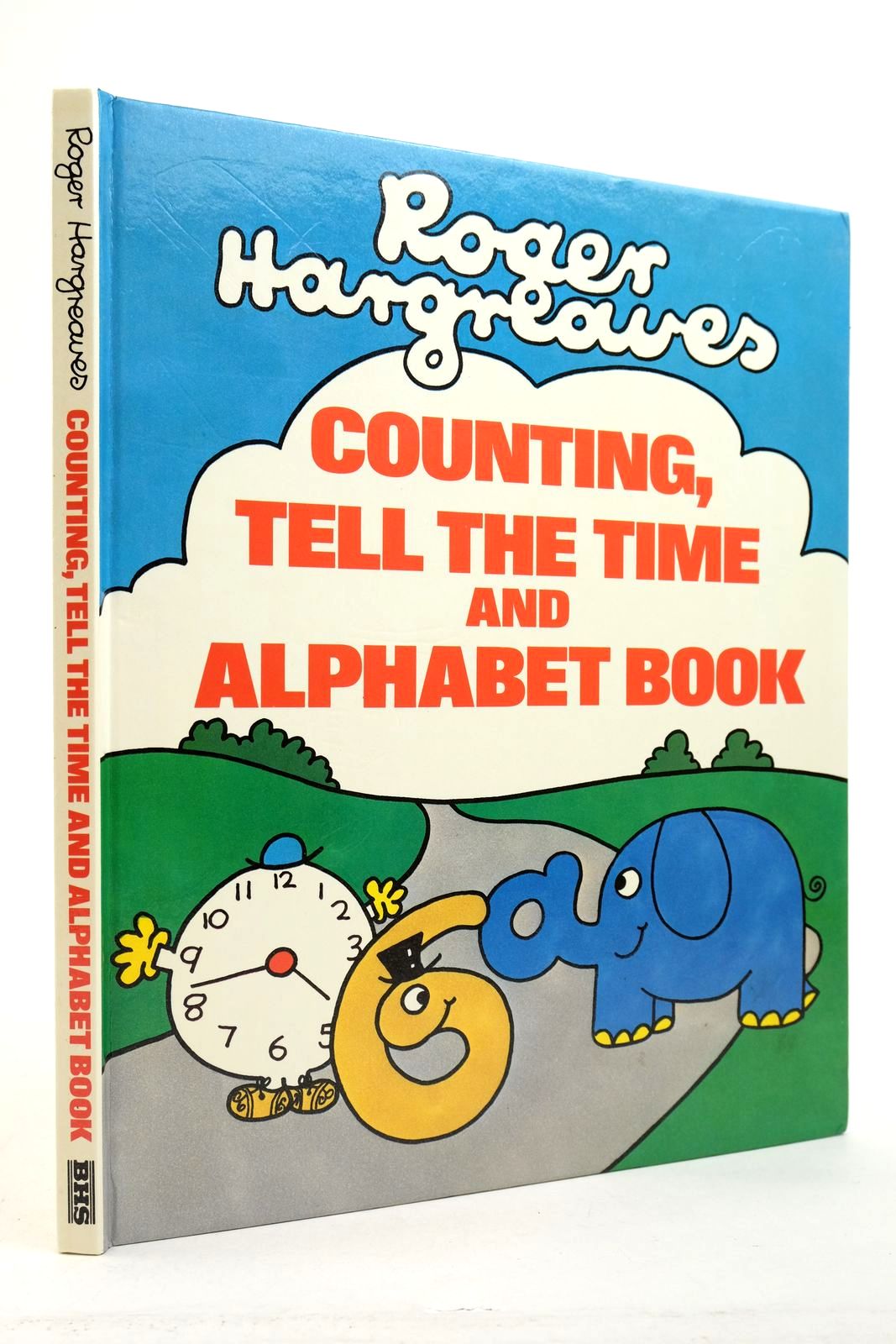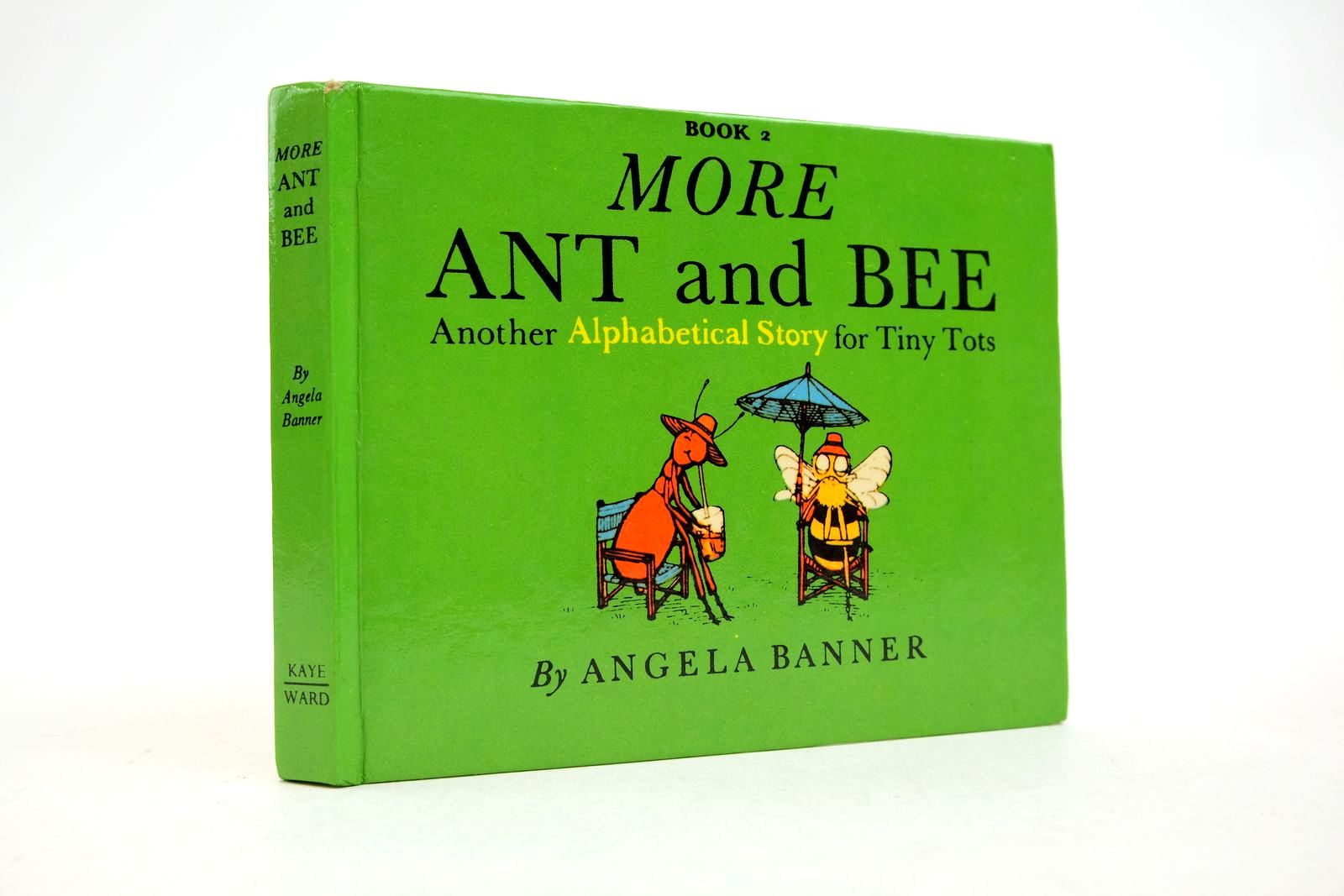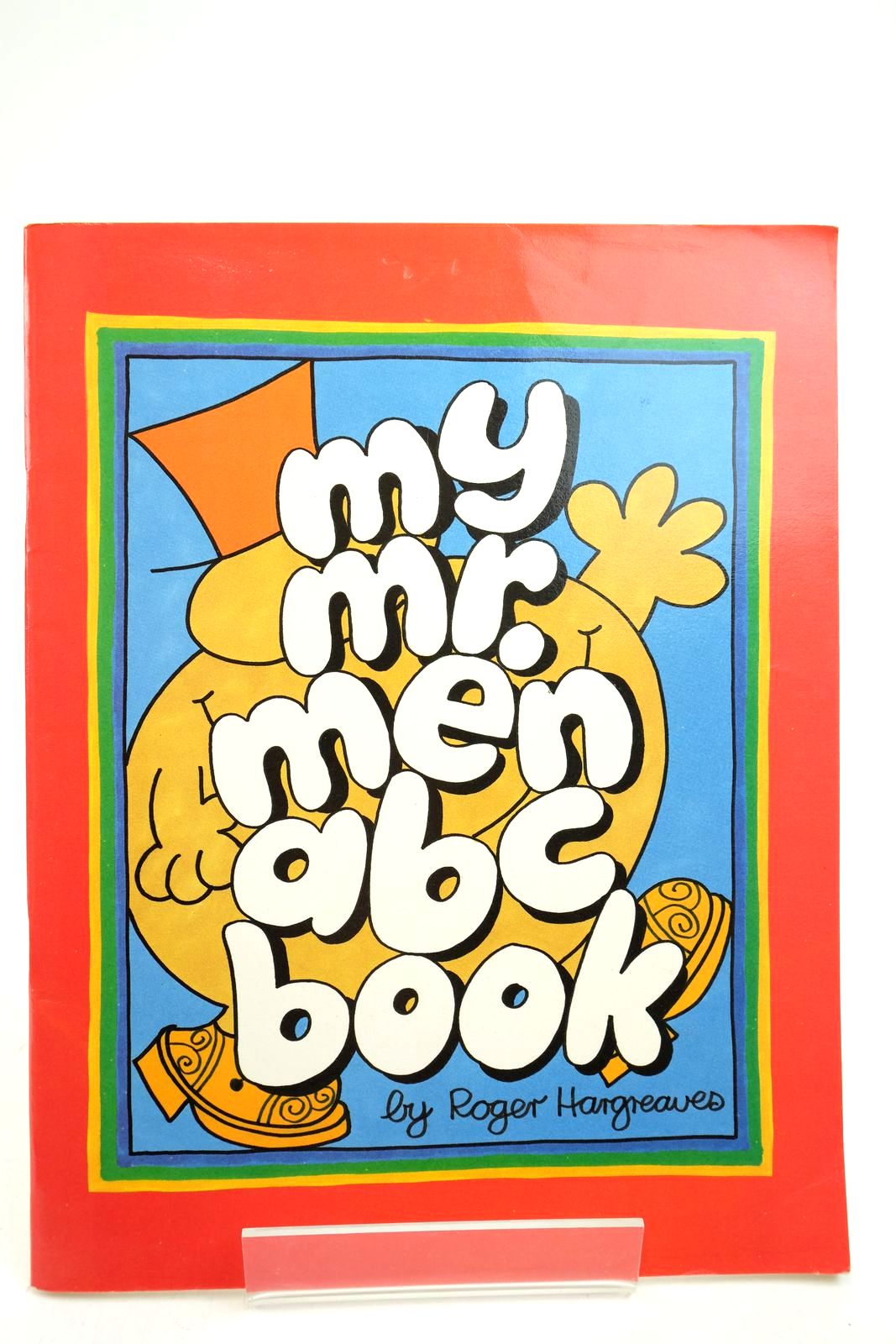History of the Horn Book by Andrew White Tuer
View current stock of this title
This lovely 2 volume vellum bound edition came to us through auction recently.
Having done a little research on horn-books and battledores for my article on ABC books a while ago, I was excited and interested to have a look at this original set by Andrew W. Tuer. What would be his definition of a horn-book?
First published in 1896 by Leadenhall Press (of which Tuer was a partner), this set is still seen as an authority on horn-books. It contains much detailed research and many photographs and illustrations of the horn-books and describes how they were used to help many, many generations learn their alphabet and eventually how to read and write.
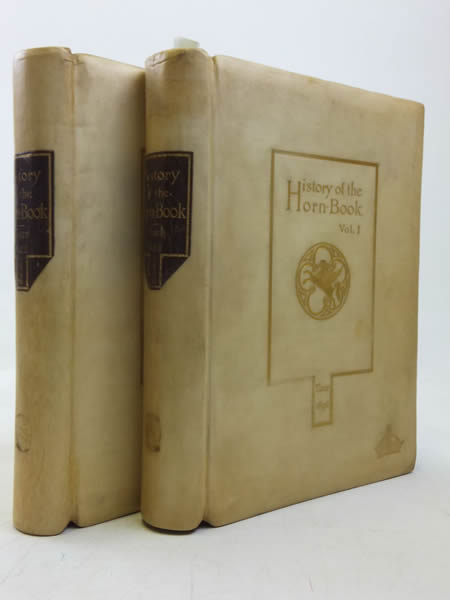
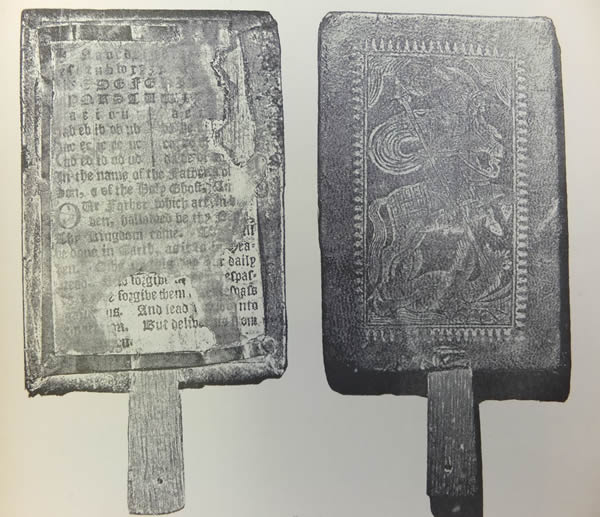
In Volume I, chapter 1, Tuer describes the horn-book as “the happy thought of an overtaxed scribe, who, heartily detesting the profitless labour of rewriting the ABC, fastened the skin to a slab of wood and covered with horn”. He goes onto look at other definitions and quotes Dr. Johnson who puts it more succinctly: “the first book for children, covered with horn to keep it unsoiled”.
I especially like the more detailed description he includes from the book Dictionary of Phrase and Fable by Dr. Brewer, who describes the horn-book as “an alphabet book or board of oak about nine inches long and five or six wide, on which was printed the alphabet, the nine digits, and sometimes the Lord's Prayer. It had a handle, and was covered in front with a sheet of horn to prevent it from being soiled, and the back board was ornamented with a rude sketch of St. George and the Dragon. The board and its horn cover were held together by a narrow frame or border of brass”.
The above definition seems most appropriate and is how I would describe them to someone else.
The first chapter continues looking at the 'Genesis of the Horn-book', considering the varying definitions throughout the years and the changes in the horn-book. It also looks at its earliest examples (although much of this continues in more depth throughout other chapters across the two volumes); including copies found at exhibitions.
Another interesting quote from this first chapter on the definitions and meaning of horn-books comes when Tuer quotes from an earlier writer: “So elastic did the meaning (of horn-book) become that an ABC or child's primer was often called a horn-book." This same writer also comments that “The horn-book proper – of which a sheet of horn forms a component part – is peculiar to English-speaking peoples. It has been extensively used here (UK) and in America, but never in other countries. The horn-book that we see in old Continental engravings is simply an alphabetic tablet without the protective horn.” This being said, during the course of the two volumes,Tuer does look at other language horn-books, including Welsh and Cornish!
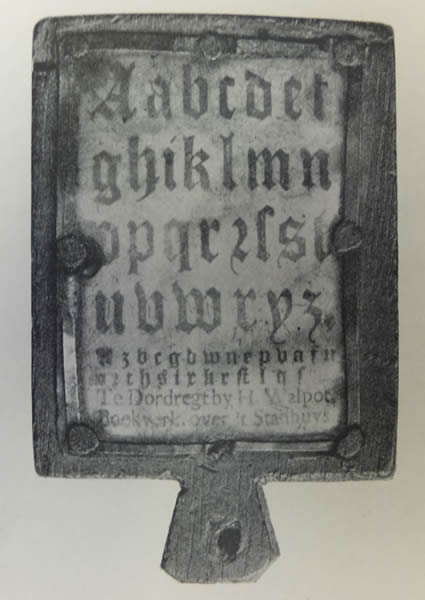
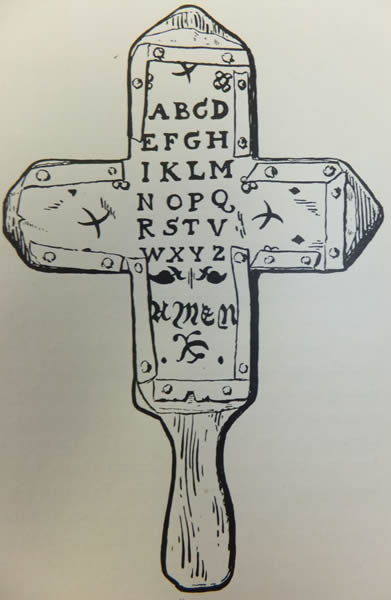
Above left: Flemish-made horn-book largely supplied to English market. Above right: horn-book in shape of a cross
Volume I then continues to examine different styles of horn-books, how they were made, the dating of items and includes much detailed analysis in between.
Tuer's research continues in Volume II and covers subjects such as: spurious horn-books, notably one in the shape of a cross (above right); the horn-book as referred to in Literature; how the horn-book is depicted in English prints and pictures; more history on how horn-books came to be, even looking at very early precursors, the 'middle period', the 'late period' and latest horn-books, through battledores and an interesting chapter at the end on the Gingerbread horn-books!
Chapter five, interestingly looks at the horn-book in English prints and pictures. Even though this was such a common way of learning during the period, Tuer notes that the horn-book ‘appears comparatively seldom in English prints and pictures'. He carries on to refer to the portrait (used as frontis in Volume I of the book - below left), dated 1661 and titled ‘Miss Campion’, who according to the inscription was aged two years and two months. It gives a clear view of the horn-book and the alphabet on it.
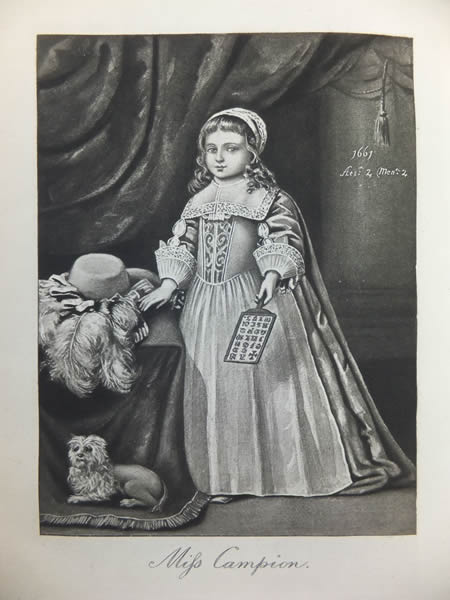
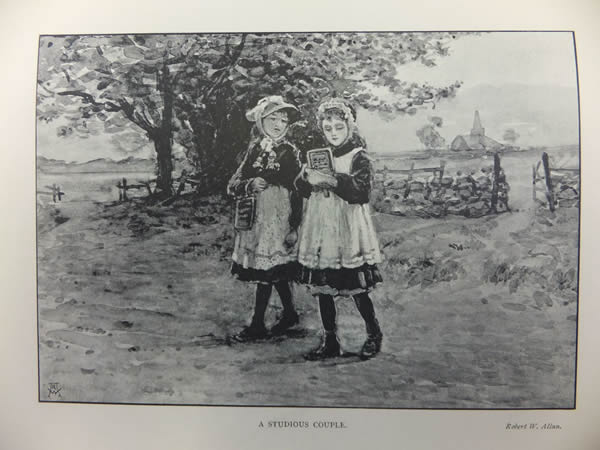
Tuer further explores more illustrations, many of which are printed alongside the text. ‘A Studious Couple’ by Robert W. Allan depicts two young girls (above right), obviously on the journey to or from school; the one has the horn-book hanging by the cord on her wrist, while the other holds it close to her chest. You can imagine this scene on the ‘school run’ in times past.
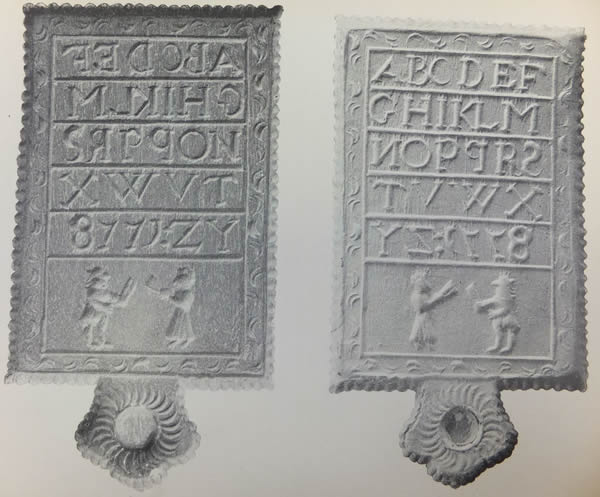 On looking through the chapter on gingerbread horn-books, it was interesting to note that gingerbread was common in the 14th century, even with gingerbread fairs. Tuer observes that “slabs of it, impregnated with spice and impressed with letters of the alphabet, were eaten by little people before ever the horn-book disturbed their peace of mind”. He further notes that “alphabetic slabs of gingerbread were offered as bribes to little people clever enough to master their ABC, the letters being devoured as they were correctly named”. What a great way of learning the alphabet – I'm sure if I had lived then, it would've been my preferred method!
On looking through the chapter on gingerbread horn-books, it was interesting to note that gingerbread was common in the 14th century, even with gingerbread fairs. Tuer observes that “slabs of it, impregnated with spice and impressed with letters of the alphabet, were eaten by little people before ever the horn-book disturbed their peace of mind”. He further notes that “alphabetic slabs of gingerbread were offered as bribes to little people clever enough to master their ABC, the letters being devoured as they were correctly named”. What a great way of learning the alphabet – I'm sure if I had lived then, it would've been my preferred method!
Left: gingerbread horn-books
So, as you read this detailed account of horn-books, you can refer to and examine these facsimiles and imagine what it was like to be a child learning to read with one of these items. You can also see the progress and changing styles of lettering etc.
Volume I contains the following facsimiles (below left): 1. A leather-covered oaken horn-book, in Roman letter, stamped with the effigy of Charles II on horseback. 2. An early uncovered horn-book in black letter. 3. An uncovered oaken horn-book of the later period.
Volume II contains the following facsimiles (below right): 1. A cardboard horn-book. 2. The British battledore or horn-book. 3. The royal battledore. 4. A later battledore.
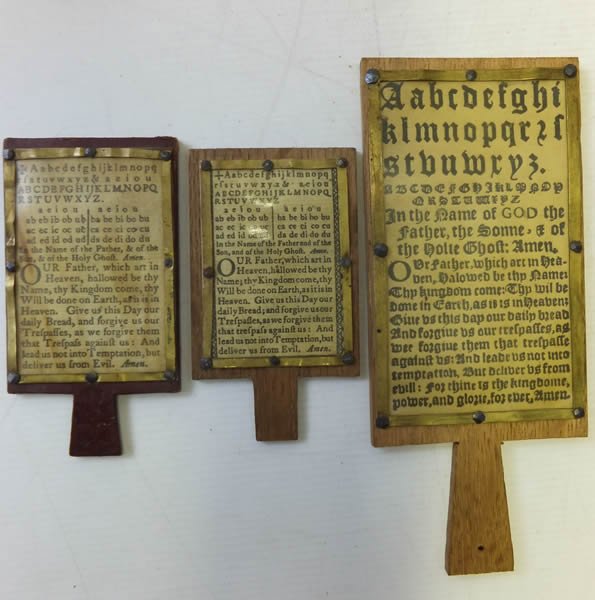
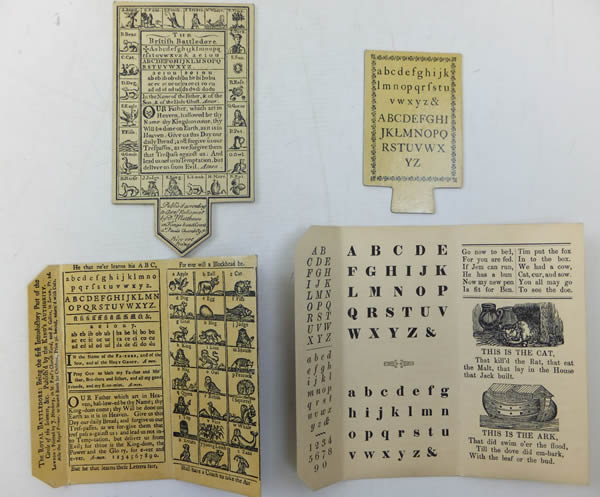
Across the two volumes, a few illustrations internally appear to have been hand-coloured – the title page pictures to both volumes being an example, with many other black and white accompanying photographs and illustrations.
The first letter of each chapter is illustrated, in most of which the horn-book can be seen to be incorporated. These illustrations can be known as an historiated initial or an illuminated initial.
It appears that some examples of this original edition were presented to different institution libraries by Andrew Tuer himself. The copy in stock at Stella Books (September 2016) has a hand-written note dated 24/5/98 which has been pasted to the edge of the dedication page, presenting the copies to the Librarian at Inner Temple Library (below right).
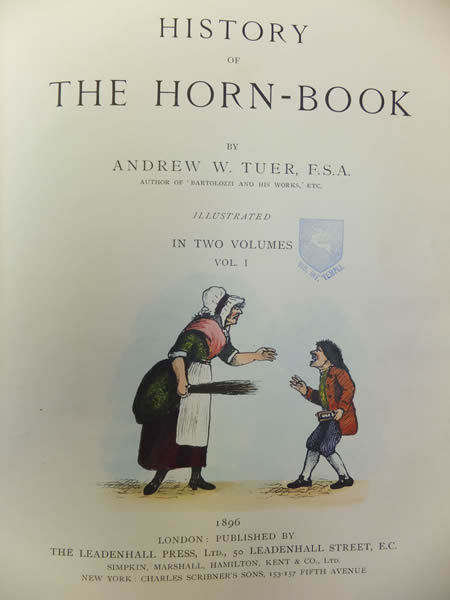
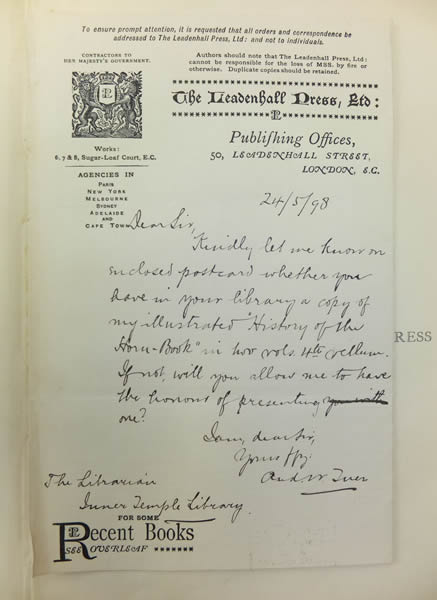
There are later editions of this work. The 'trade' edition was published the following year in 1897, also by Leadenhall Press, with some slight textual updates, but this time bound in cloth and with the two volumes published together in one. Another difference of this edition is that it contains only 3 horn-books, this time Oak, Card and Ivory.
A few other versions have been published – an edition published in 1971 in Amsterdam is nearly a facsimile of the original 1896 edition; however, the two volumes have been bound into one, but all 7 horn-books are presented in accompanying portfolio.
A more common edition is the 1968 edition (then reprinted in 1979), which was a reissue of the 1897 edition, published by Ayer Co. Pub.
If you ever want to know a detailed history of horn-books and battledores, look no further than 'The History of Horn-books' by Andrew W. Tuer!
Contributed by Joanne Hill
(Published on 6th Sep 2016 )


